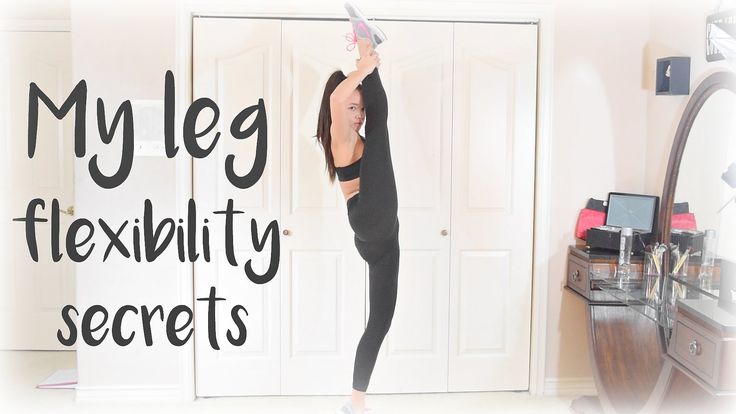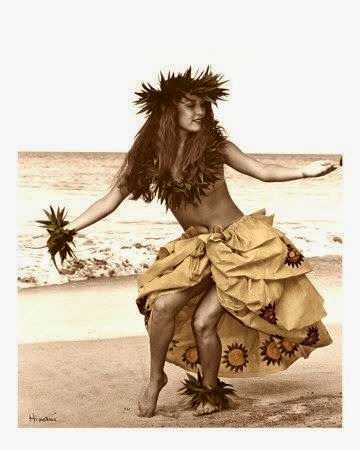How to do an extension dance
Six Ways To Improve Your Extensions
Ever find yourself lusting after that six o’clock penché, or a développé that will reach your nose? You’re not alone. The eye is naturally drawn to the end points of a movement, and, in dance, that often translates to the highest extension.
But what if you’re born without extreme, Instagram-worthy lines? It’s a matter of developing a laser focus on alignment as well as strengthening and stretching with better body mechanics in mind.
Rule #1: Don’t Grip
Get to know at least the CliffsNotes version of your anatomy: The main muscles responsible for lifting your leg front and side are your psoas, quadriceps and tensor fasciae latae (TFL). Going into arabesque uses the glutes, hamstrings and low back muscles.
These “mover” muscles work best when the deep rotators, inner thigh muscles and deep abdominal muscles stabilize the hip. If you let the movers multitask as stabilizers, it leads to gripping, which means those muscles can’t move freely.
“When I see dancers who are struggling to get their leg up, the problem is usually coming from gripping the quads, TFL or glutes,” says physical therapist Emma Faulkner, who works with Atlanta Ballet. The key is to strengthen those small stabilizing muscles so they do their job and you’re not tempted to grip.
Try This
Stabilizer Strengthener: Stability Ball Bridges
- Lie on your back with heels on top of a large stability ball, legs straight and together, in parallel.
- Bridge your hips into the air, drawing your navel towards your spine to activate your abdominals without gripping the glutes.
- Rotate your legs to first position, activating your deep rotators.
- Return to parallel and lower your hips.
Repeat 5 to 10 times.
Modeled by Mikayla Sciafe of The Ailey School’s Professional Division. Photo by Nathan Sayers
Try This Rotator Strengthener: Rotational Disc Progressions
- With each foot on a rotational disc, rotate to first position, then demi-plie.

- Transfer weight to one leg, bringing the other to coupé.
- If you can maintain your turnout and the stability of the disc, lift to passé. Don’t grip the top of the glutes. You should feel the activation lower, near your sits bone, at the gluteal crease.
- Progress to attitude (front, side or back), and eventually développé as long as you are able to maintain the turnout and stability of your standing leg without gripping. Take a few breaths in each position. Try with both a stretched standing leg and a demi-plié. Stop or go back a step if gripping occurs.
Repeat with your
other leg.
Modeled by Mikayla Sciafe of The Ailey School’s Professional Division. Photo by Nathan Sayers
Rule #2: Find Your Alignment
Focus on the correctness of the position, suggests Jenifer Ringer, dean of the Trudl Zipper Dance Institute at the Colburn School in Los Angeles. “If placement in your turnout is proper, your strength will grow incrementally and your legs will eventually go up. ”
”
Make sure your weight is in the ball of the foot. “Weight can’t be in the heel in à la seconde—it makes your working leg too heavy,” explains Ringer.
Likewise, avoid hyperextended knees. “Hyperextension turns off muscles you need to stand on your leg and then the pelvis tilts forward, which encourages gripping,” says Faulkner. “While hyperextension is beautiful, you should only use it in the leg that is off the ground.”
Lastly, your hips should be square—not tilted forward or under—and even right to left.
Rule #3: Engage the Psoas
For lifting the leg above 90 degrees, the psoas is the best hip flexor to use, says Faulkner . But dancers often have weak and tight psoas muscles. “When the muscles become stuck in an over-contracted state,” she says, “they quit and become weak and tight, and are unable to lengthen properly.” A common mistake is to compensate for a weak, tight psoas by overusing the quads and TFL.
Try This Psoas Strengthener: Leg Lifts on a Stability Ball
- Lie on your back, hips on the ground in a neutral position, with heels on top of a stability ball, legs extended.
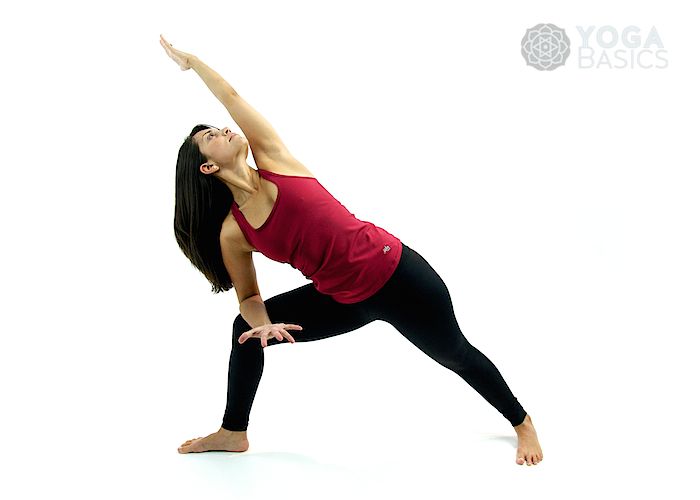
- Find your right psoas by palpating with your fingers between your belly button and hip bone. (For a tight psoas this can be painful, so tread lightly; for others, you may not feel the muscle until you activate it.) Place the left hand on your quad.
- As you exhale, lift your right leg off the ball using your psoas, without gripping your legs or glutes. “Keep a neutral spine, don’t squeeze your butt, don’t squeeze anything,” says Faulkner. “Use your exhale to engage your pelvic floor and deep abdominals on your way to finding your psoas.”
Repeat 10 times on each side.
Modeled by Mikayla Sciafe of The Ailey School’s Professional Division. Photo by Nathan Sayers
Rule #4: Use Your Glutes First
“Issues with arabesque can come from a shortened psoas or an incorrect pattern of muscle activation,” says Faulkner. “Some dancers try to lift their leg from their back first. The correct sequence is to activate the glutes, then the hamstrings and then the lumbar muscles. ”
”
Try This Arabesque Activator: Prone Knee Float
- Lie on your stomach, legs parallel, knees relaxed and toes tucked under as if in preparation for plank.
- The right hand can be under your forehead and the left can rest on your left glutes.
- Float the left knee off the ground, activating only your glutes.
- Once you are able to do that, point through your foot as you float the leg a little higher, feeling the hamstrings engage.
- Finally, to lift the leg higher, let the muscles of your lumbar spine engage.
Repeat until the pattern of activation happens naturally, then do the other side.
Modeled by Mikayla Sciafe of The Ailey School’s Professional Division. Photo by Nathan Sayers
Rule #5: Stretch Strategically
As dancers know, flexibility is only one half of the extension equation. “Our physical therapist keeps telling my students not to overstretch, because you are sacrificing strength,” says Ringer.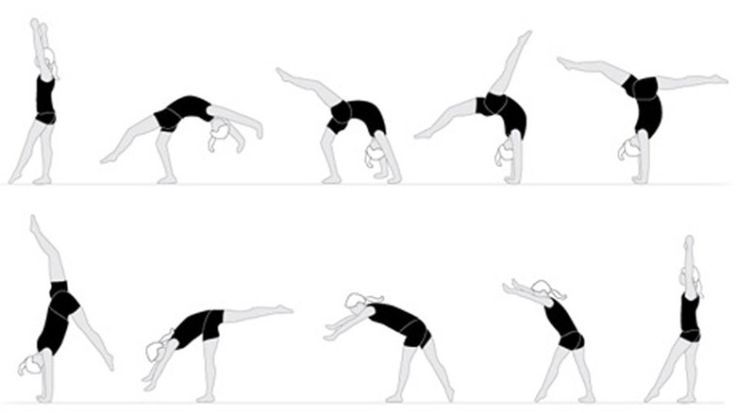 To help students gain flexibility gradually while becoming strong enough to maintain it, at Colburn, stretches are held gently and never for more than 30 seconds at a time.
To help students gain flexibility gradually while becoming strong enough to maintain it, at Colburn, stretches are held gently and never for more than 30 seconds at a time.
Troy Powell, artistic director of Ailey II, credits the Horton technique with building the beautiful lines that Ailey dancers are known for, because it balances strength training alongside smart stretching. His class includes a variety of stretches, but only after a long warm-up that builds strength. “Students should cool down right after class,” says Powell. “While your body is still warm, work on any additional stretches you might need to open the hips or lengthen the back and hamstring muscles.”
Try This Psoas Stretch for Arabesque: Modified Runner’s Lunge
- Kneel on one knee with the other foot planted in front of you, hips square.
- Find an exaggerated tuck of your hips under, then shift your weight forward into a small lunge.
- Reach up with the same arm as your standing knee, close to your head.
 Continue to keep the tuck and lunge as you side bend away from your standing knee. Hold for a couple deep breaths.
Continue to keep the tuck and lunge as you side bend away from your standing knee. Hold for a couple deep breaths.
Repeat on the other side.
Modeled by Mikayla Sciafe of The Ailey School’s Professional Division. Photo by Nathan Sayers
Rule #6: Release Tight Muscles
A lot of times when muscles are tight, they’ve developed trigger points, says Faulkner. “If you have a muscle full of trigger points, it cannot be stretched nor contracted properly until it is released.” If you’re stuck with a stubbornly gripped muscle that’s limiting your extension, see a physical therapist for manual release or advice on the best ways to use a foam roller or ball.
How to get glorious extensions
IT IS July 2002 and I have travelled to Melbourne from Perth to see the Royal Ballet. It is the first time I have seen this renowned company, and also the legendary Sylvie Guillem. Fast forward eight years to 2010 and the first image that comes to mind, when I recall the exhilaration of watching Guillem live, is of her developpe to seconde, performed on pointe and held for a seemingly impossible length of time.
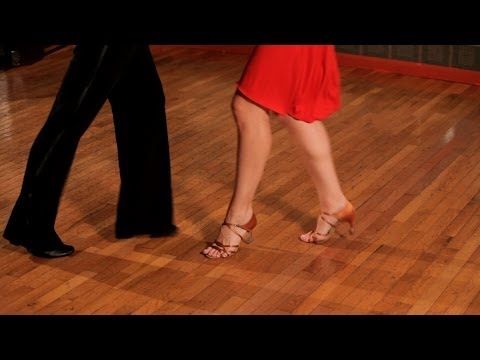
Of course, Guillem’s incomparable leg extensions are not solely responsible for her reputation as one of the world’s leading ballerinas. Many factors combine to make a beautiful dancer, and artistry and fluidity of movement are as important as immaculate technique. However, moments of extreme technical prowess definitely make us gasp. There is something magical about a gravity-defying arabesque or developpe a la seconde.
So, how are such lines achieved? With my memory of Guillem at the forefront of my mind, I embarked on The Quest For the Secrets of High Legs, hoping to discover the formula that would allow teachers and their students to achieve their best possible leg extensions.
The Quest took me to a variety of sources, starting with Andries Weidemann, lecturer in classical balletat the Western Australian Academy of Performing Arts (WAAPA), and Lisa Hutchinson, a Perth physiotherapist specialising in dance injuries. I then spoke to Dame Lucette Aldous, and her daughter, Tasdance dancer Floeur Alder.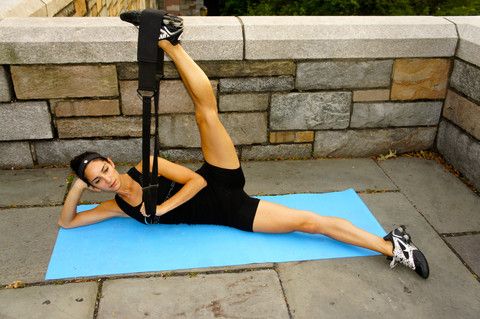 Lucette is highly regarded for her role as Kitri in Nureyev’s version of Don Quixote and continues to be an active practitioner and teacher of Boris Kniaseff’s floor barre in WA. Finally, I caught up with three staff members from the Australian Ballet School (ABS): Elizabeth Hewitt (exercise physiologist), Mark Annear Way (physiotherapist).
Lucette is highly regarded for her role as Kitri in Nureyev’s version of Don Quixote and continues to be an active practitioner and teacher of Boris Kniaseff’s floor barre in WA. Finally, I caught up with three staff members from the Australian Ballet School (ABS): Elizabeth Hewitt (exercise physiologist), Mark Annear Way (physiotherapist).
My first question was: “What is required of the body to achieve a high leg extension?” For Hutchinson, core stability is most important. “If you don’t have the muscles of the core on, you won’t get your legs up,” she states.
“If you are wobbly in the middle, you have no rigidity against which to create leg lines.” Annear agrees that core stability is vital, adding, “Strength and stability of the supporting hip/pelvic muscles is of the utmost importance.”
Once a strong base has been established, teachers and health professionals agree that range of motion at the hip joint is crucial to the height the leg can reach, devant, derriere or second.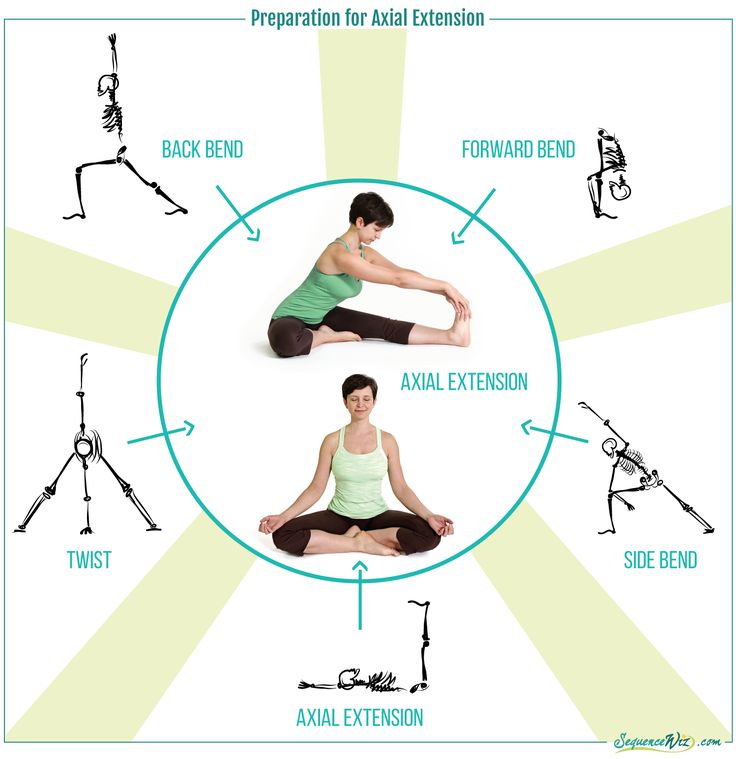 But flexibility alone is not enough. “Dancers need an abundance of both strength and flexibility to achieve high leg lines,” says Hutchinson, “and the strength needs to be developed within the range of motion of the extension.” The ABS staff also emphasise the dual importance of strength and flexibility: “Flexibility is required to be able to achieve the range of movement in the joints and muscles, i.e. the desired position of the body, and strength is required to sustain the position.
But flexibility alone is not enough. “Dancers need an abundance of both strength and flexibility to achieve high leg lines,” says Hutchinson, “and the strength needs to be developed within the range of motion of the extension.” The ABS staff also emphasise the dual importance of strength and flexibility: “Flexibility is required to be able to achieve the range of movement in the joints and muscles, i.e. the desired position of the body, and strength is required to sustain the position.
They are developed concurrently through years of training,” explains Hewett.
Of course, some bodies are better suited to achieving high lines than others. “To have beautifully high extensions, you do have to be born with the right genetic material,” says Weidemann. “A mobile hip socket helps a lot.” Hutchinson agrees, saying, “The lucky ones are those that are born flexible. It’s easier to build strength in a flexible body than it is to loosen up a strong but less flexible body.”
For those who are not naturally flexible to the degree to which they will be able to improve flexibility depends, to some extent, on whether it is the ligaments or muscles that are restricting the range of movement in the hip.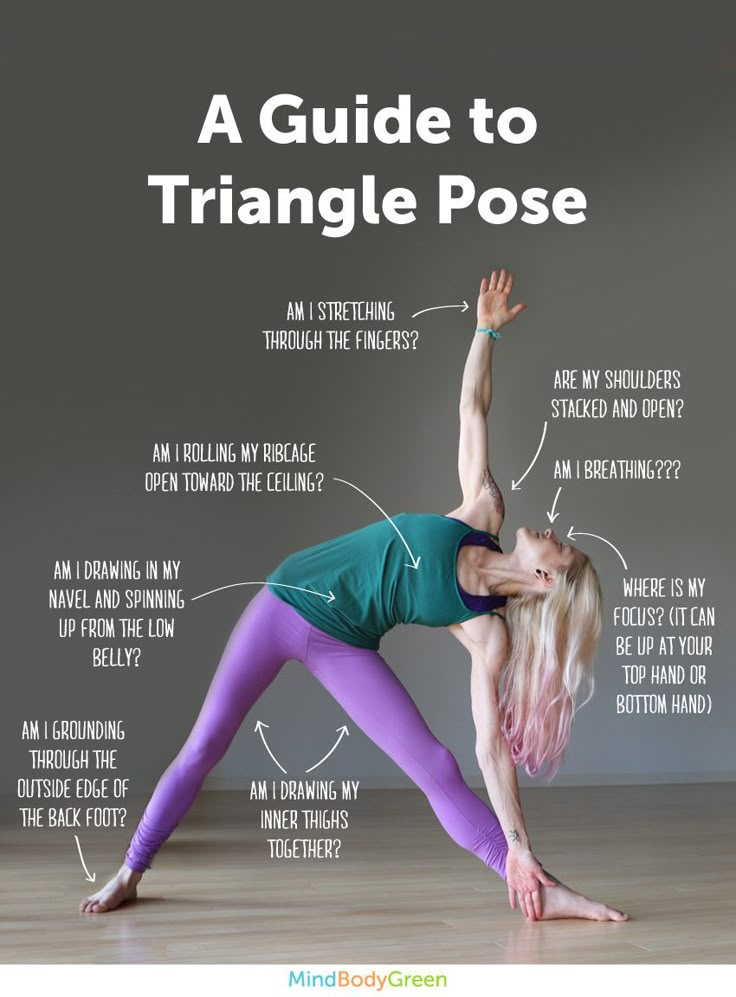 “You can test this by getting the dancer to lie on their back with their legs in a ‘frog’ position. Push gently down on their knees and ask them where it hurts,” suggests Hutchinson. “If they go straight for the hip crease, then the restriction is probably ligament length. legs, it’s probably muscular and that will be easier to improve than ligament length.”
“You can test this by getting the dancer to lie on their back with their legs in a ‘frog’ position. Push gently down on their knees and ask them where it hurts,” suggests Hutchinson. “If they go straight for the hip crease, then the restriction is probably ligament length. legs, it’s probably muscular and that will be easier to improve than ligament length.”
AND SO, onto the advice! How do we get those legs higher?
The importance of a strong core and stable pelvis should not be underestimated. Any exercises students are doing to improve leg strength and flexibility must be supplemented by exercises that strengthen the muscles of the abdomen and the pelvis. Assuming that the core is strong, it is then important to remember that a high leg line requires the muscles of the legs to be active while extended.
Therefore, dynamic stretching is preferable to static stretching.
“Bear in mind that the hip is a ball and socket joint, and you need to stretch it in the round,” says Weidemann.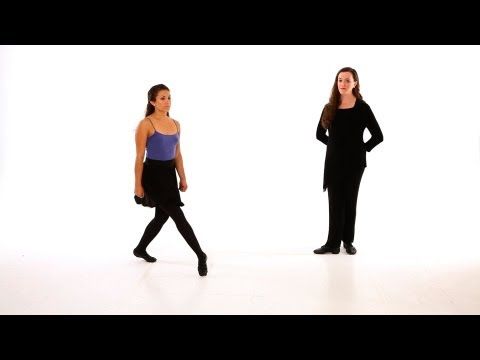 “You should stretch in a range of motion that will allow the leg to move easily from devant, to a la seconde, to derriere and back again. It’s all very well to train students to be able to do the splits in every direction, but they need to be able to have their legs to the side and, from there, be able to move into splits on either side.
“You should stretch in a range of motion that will allow the leg to move easily from devant, to a la seconde, to derriere and back again. It’s all very well to train students to be able to do the splits in every direction, but they need to be able to have their legs to the side and, from there, be able to move into splits on either side.
What you are looking for is a kind of ‘mobility in the round’ rather than just straight line muscular flexibility. That’s something that teachers should be encouraging – with care – from a young age.”
As discussed earlier, Hutchinson highlights the importance of strengthening the muscles in the range of motion that strength is required. “You’ve got to get the leg up and practise holding it there,” she explains, “and that’s where a barre is useful. Get the leg up on the barre. Check that the alignment of the hips and pelvis is correct, and that the core is active. Now try to lift that leg off the barre without compromising the placement of the hips or pelvis! Even if you can’t actually lift it up, you’re going to strengthen in the range.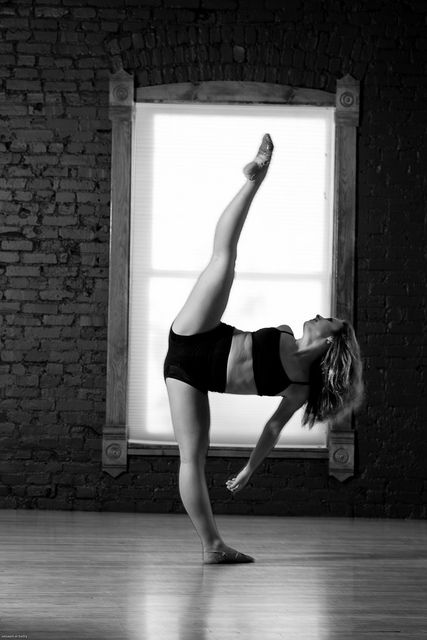 ”
”
This exercise can be conducted with the leg devant, a la seconde or derriere, but Hutchinson does warn that care must be taken to ensure correct placement is maintained. The ABS staff also talk about the importance of strengthening muscles in relation to use.
“Conditioning exercises need to be specific to the movement they are trying to assist, i.e. they should replicate the way the muscles will need to work in leg extensions for classical ballet,” says Hewett. “Well-trained Pilates teachers will know strengthening exercises based on the classic Pilates position ‘the teaser’, as well as ‘leg circles’ and, for back strengthening, exercises such as ‘dart’ which can be increased or decreased in difficulty as required.”
Weidemann’s tip for a high developpe is based on the understanding that the retire has to be lifted before extending the leg.
“When I ask the first year students at WAAPA to break down the stages of a developpe, they’ll say, ‘retire, then attitude, then extension’, and I’ll say, well the second stage for me isn’t attitude, it’s get your knee up,” says Weidemann.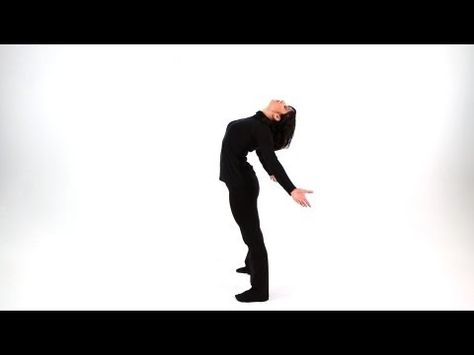 “I get them to stand in retire and lift the working knee as high as they can. Then I get them to hold the working leg with their arm under the knee, and just dangle the leg. At this point I check that their pelvis is correctly placed, and then I get them to extend the leg.”
“I get them to stand in retire and lift the working knee as high as they can. Then I get them to hold the working leg with their arm under the knee, and just dangle the leg. At this point I check that their pelvis is correctly placed, and then I get them to extend the leg.”
Aldous and Alder also talk about using the arm to hold the working leg under the knee. “Holding the leg allows you to soften at the hip crease and drop the hip – as soon as you lock the hip flexors, that leg will never go up,” says Alder. The tension should all be taken in the lower abdominals instead. “The abdominals have to be engaged – the lower abs are really ‘in’,” adds Aldous. “If you get the angle of the thigh up, especially a la seconde, the femur sits down into the hip joint.”
Aldous’s top secret for high legs, however, is undoubtedly Kniasseff’s floor barre, a system of exercises conducted lying or sitting on the floor which are designed to increase core stability, and general strength and mobility.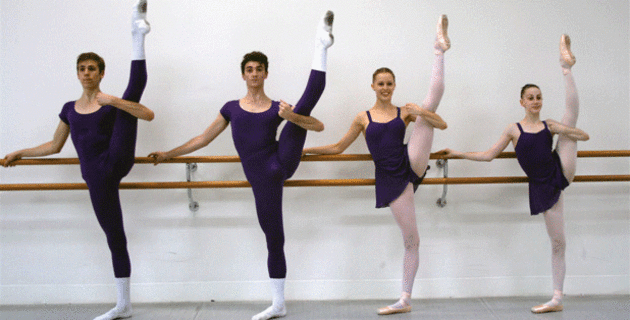 Given that Aldous, in her 70s, demonstrates various floor barre exercises to me with the agility of a dancer in her early 20s, it is clear that floor barre has much to offer.
Given that Aldous, in her 70s, demonstrates various floor barre exercises to me with the agility of a dancer in her early 20s, it is clear that floor barre has much to offer.
Like yoga, floor barre is designed to stimulate circulation and lubricate the joints, which Aldous says is crucial when aiming to increase range of movement. “When joints are moving, it sends synovial fluid into the joints – it’s like you’re lubricating those joints,” she explains. An advantage of working on the floor is that it is easy to feel if posture is correct. “Lie down on the floor and do any leg extension and you’ll immediately feel if the placement of the pelvis is incorrect,” says Weidemann. In floor barre, the hands are also used to ensure correct placement. In exercises that take the leg a la seconde, one hand sits under the working hip while the other is placed on top of the supporting hip so that the student can correct the hips if they feel them rocking towards the working side.
In the absence of a floor barre, Aldous recommends yoga.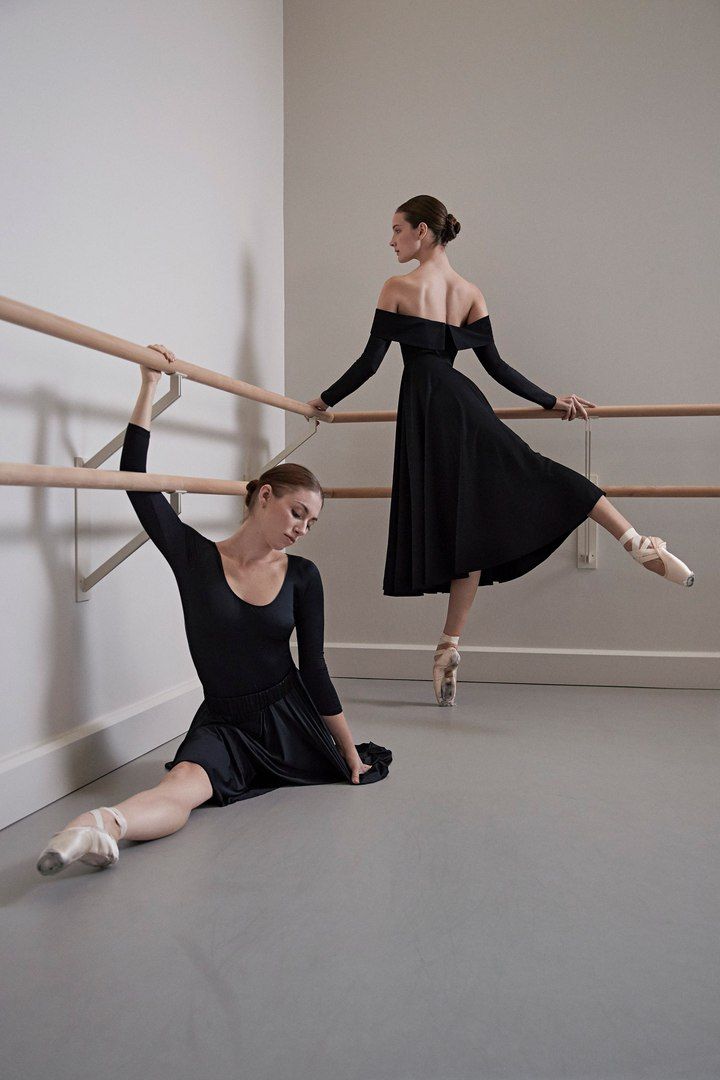 “Yoga is what floor barre is based on. It stretches the hamstrings, involves the core muscles and uses the principle of increasing circulation prior to intense stretching and conditioning.” Aldous also suggests that students who are struggling with flexibility take a magnesium supplement.
“Yoga is what floor barre is based on. It stretches the hamstrings, involves the core muscles and uses the principle of increasing circulation prior to intense stretching and conditioning.” Aldous also suggests that students who are struggling with flexibility take a magnesium supplement.
Lastly, I ask : “At what age or stage should teachers be encouraging students to work for high leg lines?” ABS students work towards 90 degree extensions from the age of 10 but placement is always prioritised over height. All the experts agree that leg height depends on a student’s capabilities. If a dancer can maintain core stability and correct placement of the pelvis, when extending the leg at 90 degrees, then they are ready to start working higher, regardless of their age or grade. The same is true in reverse – if a student can’t maintain placement at 90 degrees then theyneed to be working lower. Although there is no single magical formula, much can be done to improve leg height. So, stick up a poster of Sylvie Guillem in your studio, and lift those legs!
This article was first published in the June/July 2010 issue of Dance Australia
Stretching exercises | Dance school Cosmo Dance
If you want to practice dancing, gymnastics or ballet, you will definitely need the ability to sit on twine .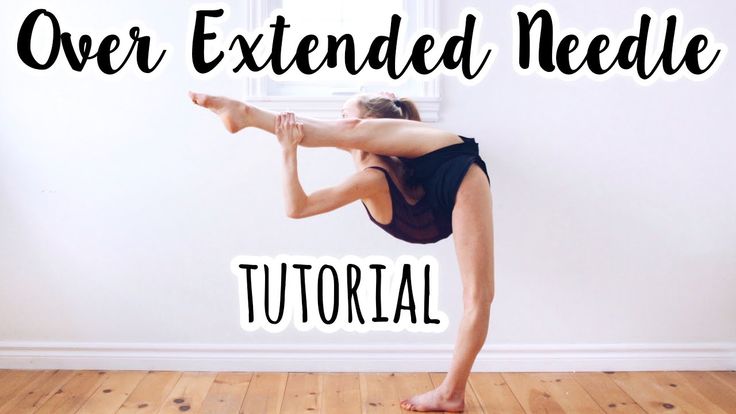 And many people have a question, where to turn to easily learn how to sit on the splits and get high-quality workouts for stretching , , which in the shortest possible time will become noticeably more effective. Our dance school has extensive experience in this area and will definitely help you.
And many people have a question, where to turn to easily learn how to sit on the splits and get high-quality workouts for stretching , , which in the shortest possible time will become noticeably more effective. Our dance school has extensive experience in this area and will definitely help you.
Why do we need stretching?
A good stretch shows a physical disposition for dance, ballet and gymnastics, and also gives a high elasticity of the body, muscles and their mobility. Even the simplest type of twine impresses with its action, which is why many strive to learn how to do it.
Stretching can be learned by ordinary people who have never been involved in sports. Our dance school will show you that it is possible and in a very short time you will be able to see for yourself and sit on the twine.
In order for to sit on the splits , it is necessary to carry out a set of physical exercises, which are not at all difficult in principle. The main factor is the regularity of such actions.
The main factor is the regularity of such actions.
Twine is one of the elements that is trained in sports dances and ballet schools. Good stretching will result in minimal injury, your movements will be smooth and graceful, and you will feel light.
With the help of stretching, you can improve your metabolism and, consequently, reduce your weight. Also, twine and stretching contribute to better blood circulation and improve the functioning of the entire genitourinary system. It will be easier for women to give birth on their own, because their joints will be more mobile, and the ligaments will be elastic.
Varieties of twine
An important point that should always be remembered, even by experienced people, to perform stretching should be well warmed up, only in this way you can not damage your ligaments and will feel in great shape.
Among all varieties of twine, there are:
— longitudinal;
- transverse.
Longitudinal is a stretch for the legs , when the legs are extended in one line, that is, one leg tends forward and the other backward.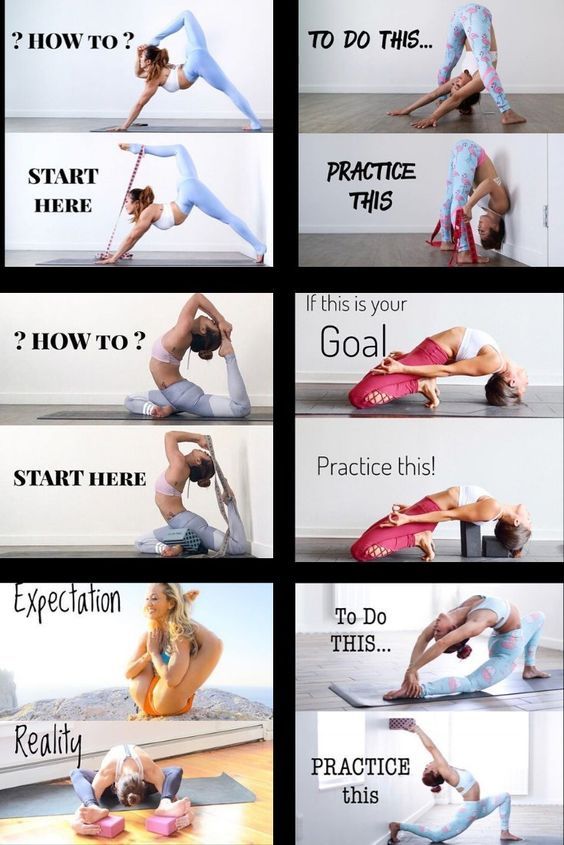 With the transverse, the pelvis is located on the surface of the floor, and the legs are spread apart in different directions. These types are the simplest and almost everyone can master them with the help of our specialists.
With the transverse, the pelvis is located on the surface of the floor, and the legs are spread apart in different directions. These types are the simplest and almost everyone can master them with the help of our specialists.
In addition to them, there are also vertical splits and splits on the hands. These species are already professional species. These types can also be both longitudinal and transverse
The time in which you can sit on the splits with the help of our professionals
Each organism has its own characteristics, which he received from nature. Therefore, the time during which you can sit on the twine can vary significantly for each individual person. Also important is the physical fitness of a person, his state of health, age and other individual characteristics.
Young athletes and young athletes learn this type of stretching faster, but this is achieved not only due to age, but more because of the pressure of the coach. In old age, you can also learn to sit on the twine.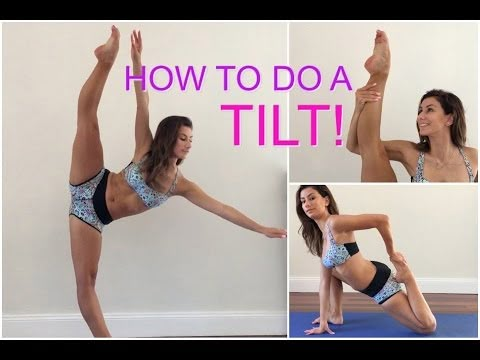 People at this age are more sensitive and treat their body better, they listen to it, so this period may take them longer.
People at this age are more sensitive and treat their body better, they listen to it, so this period may take them longer.
Therefore, the total time that may be needed is from a few weeks to several years.
What you need to remember
It is important to remember that no matter what kind of twine you comprehend, you need to warm up and warm up the muscles, so you do not damage them. As a warm-up, there can be jogging, cycling, various sets of exercises.
When the muscle fibers are warmed up, they are more stretchable and more elastic. You can say that you are preparing them and warning that there will soon be a certain load. With warm muscles, work is easier, they relax better. When doing stretching take your time and try to complete this exercise for beginners as quickly as possible. Do not compare yourself with your acquaintances or friends.
It is necessary to listen only to your body, especially if you are a beginner and do everything individually. All exercises must be performed relaxed and slowly, the delay in any posture should be at least thirty seconds, and it is better if it is one minute.
All exercises must be performed relaxed and slowly, the delay in any posture should be at least thirty seconds, and it is better if it is one minute.
Do the exercises until you feel pain, but they should not be abrupt, they should be moderate. If you already feel a sharp pain, it is better to stop and postpone the workout for another time.
We are always waiting for you Saint-Petersburg, metro station Dybenko, 18 Bolshevikov Avenue, TRC Nevsky, 6th floor. Nevsky district .
is it possible to do the splits in a month?
Let's immediately dispel the fashionable Internet myth that anyone can sit on the longitudinal and transverse splits in a matter of days. The mobility of the joints, the softness of the ligaments and the suppleness of the muscles are not the same for everyone. There are "soft" and "hard" people. Some stretch easily and maintain this stretch throughout their lives, while others make a lot of effort to properly sit in the lotus position. Not everyone can even lift something off the floor without bending their knees. And that's okay.
Not everyone can even lift something off the floor without bending their knees. And that's okay.
But perfect stretching is needed in ballet, acrobatics, strip plastic and a couple of other styles. In other areas, it is quite possible to achieve results without torturing yourself. For example, the Dragons dance school accepts everyone, regardless of their ability to do twine.
Listen to your body!
This is one of the most important principles of the Dragons. The body, of course, does not know about all its capabilities, but they need to be opened gradually, without undue pressure and, of course, without injury. Therefore, stretching before dancing in hip-hop, illusion or breakdance classes is carried out in the most gentle form.
- First, the body is thoroughly warmed up by exercises from the warm-up complex.
- Then the joints are worked out. Their mobility is the most important!
- And then the key areas are stretched, both involved and not involved in the dance.
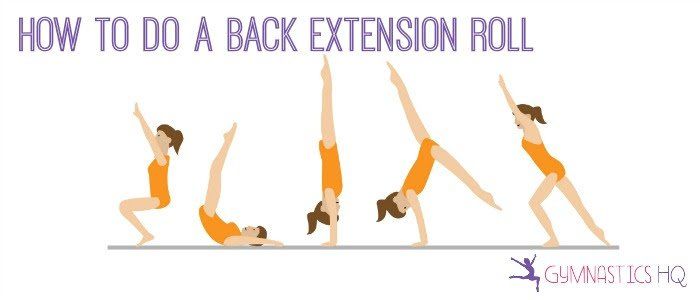
This approach allows you to avoid excruciating pain, dislocations and other unpleasant consequences.
Effect in progress
An interesting fact: a person absorbed in dance does not notice progress in the range of motion. And he is! A hot, warm body, a fair amount of serotonin and adrenaline in the blood as a natural consequence of the pleasure of dancing, excitement, the support of roommates and teachers allow each time to lean a little lower, jump a little higher, move limbs at new angles. With each occupation, the movements acquire the necessary completeness, confidence. Stretching the legs in the dance, as well as the arms, muscles of the back, neck, sides, and abdomen happens by itself, you just need not to stop dancing for a day.
What else can be done to improve stretching:
- dance at home as much as possible,
- walk up the stairs after two, and then three steps,
- after strength exercises, be sure to pull the muscle group that was just intensively contracted,
- bath is a great place to stretch, muscles are especially supple in warm water
- twine is not the most important thing, but a properly made “bridge” is already an important achievement!
Sometimes you don't have the strength and the mood to warm up.